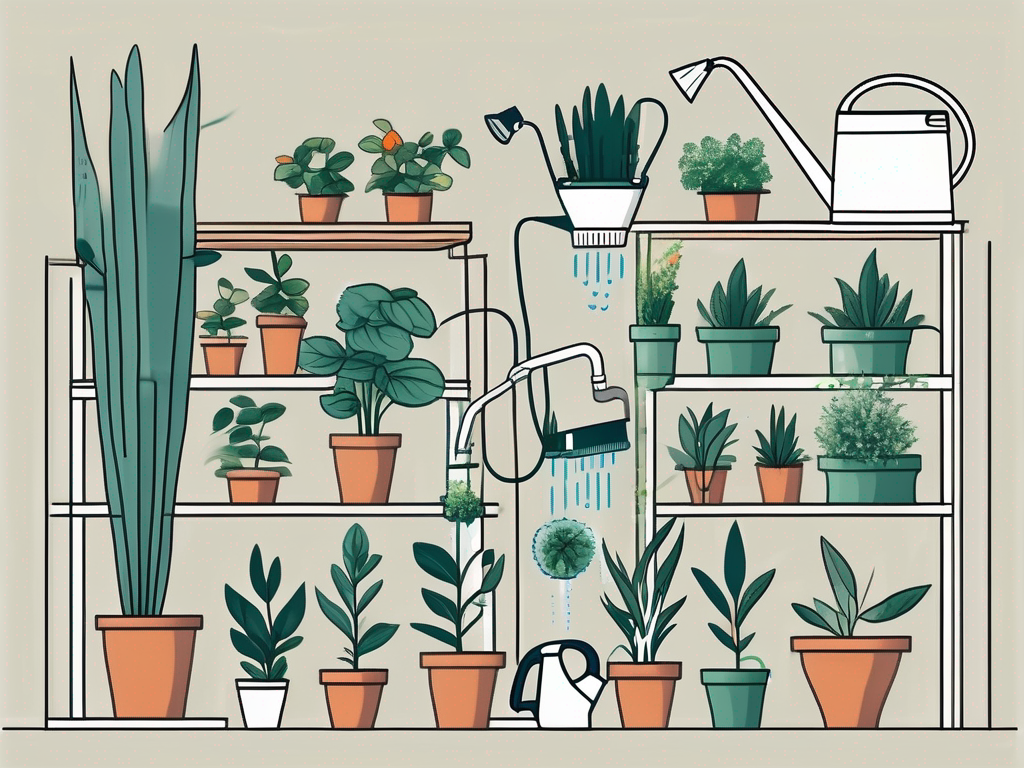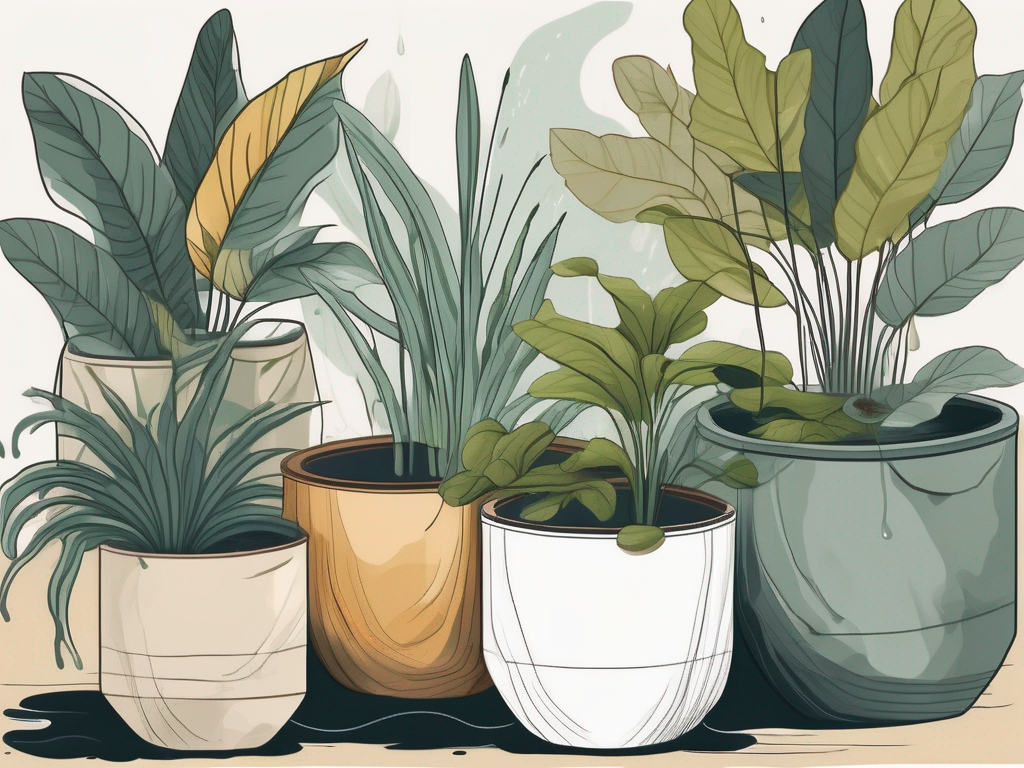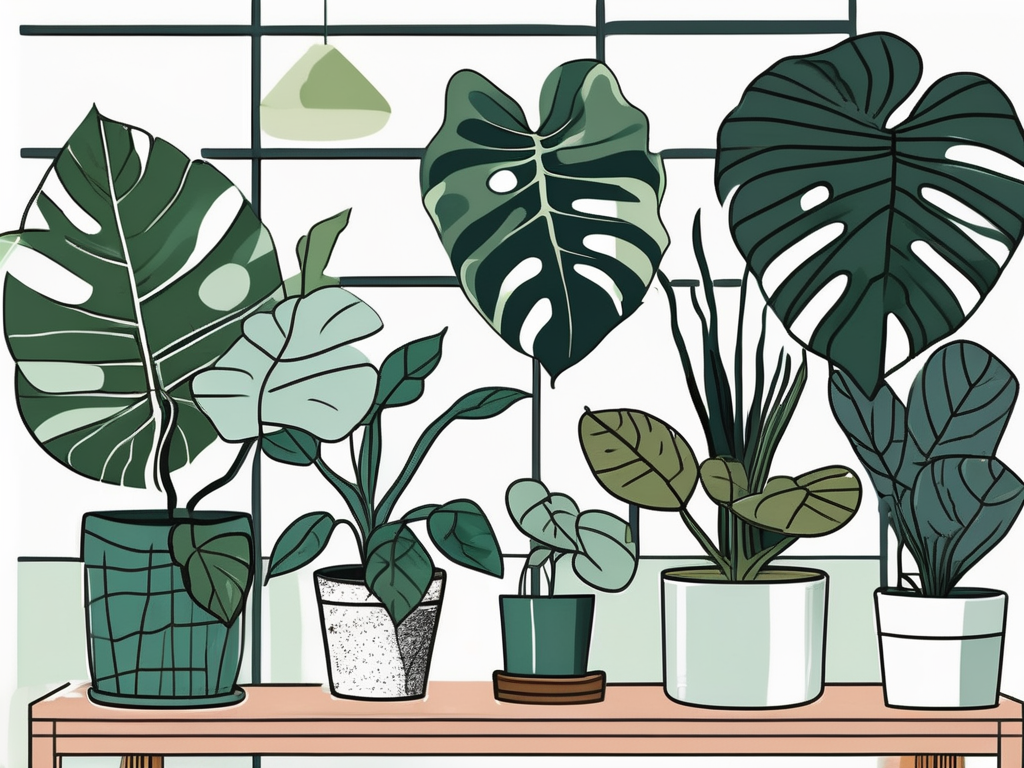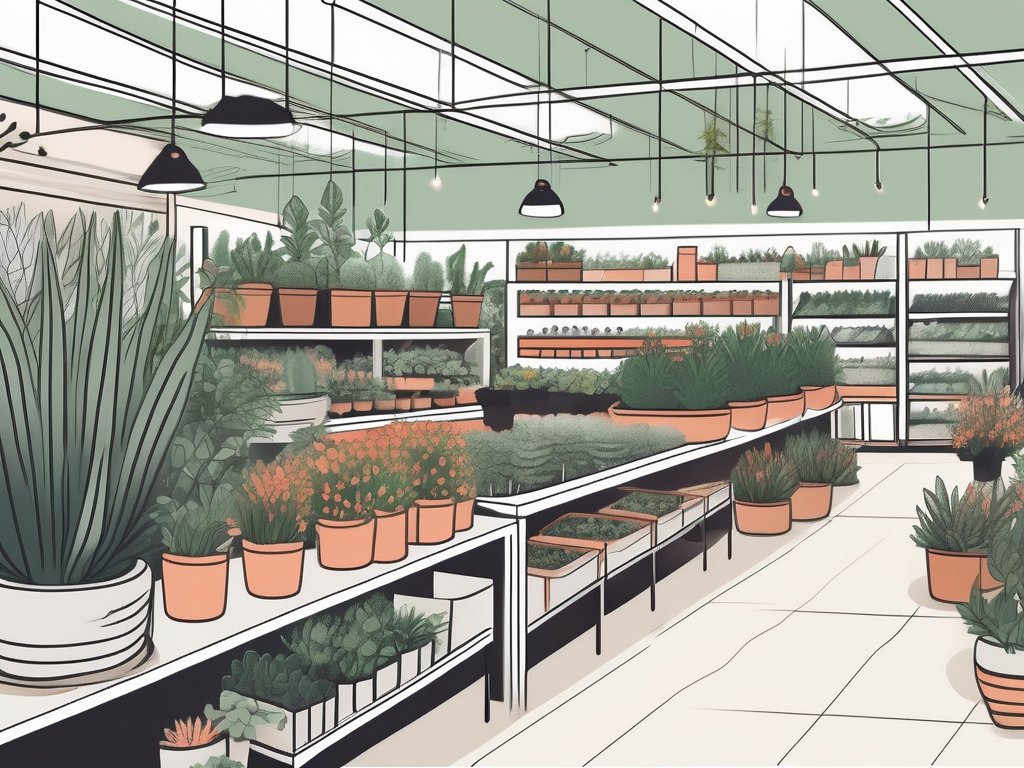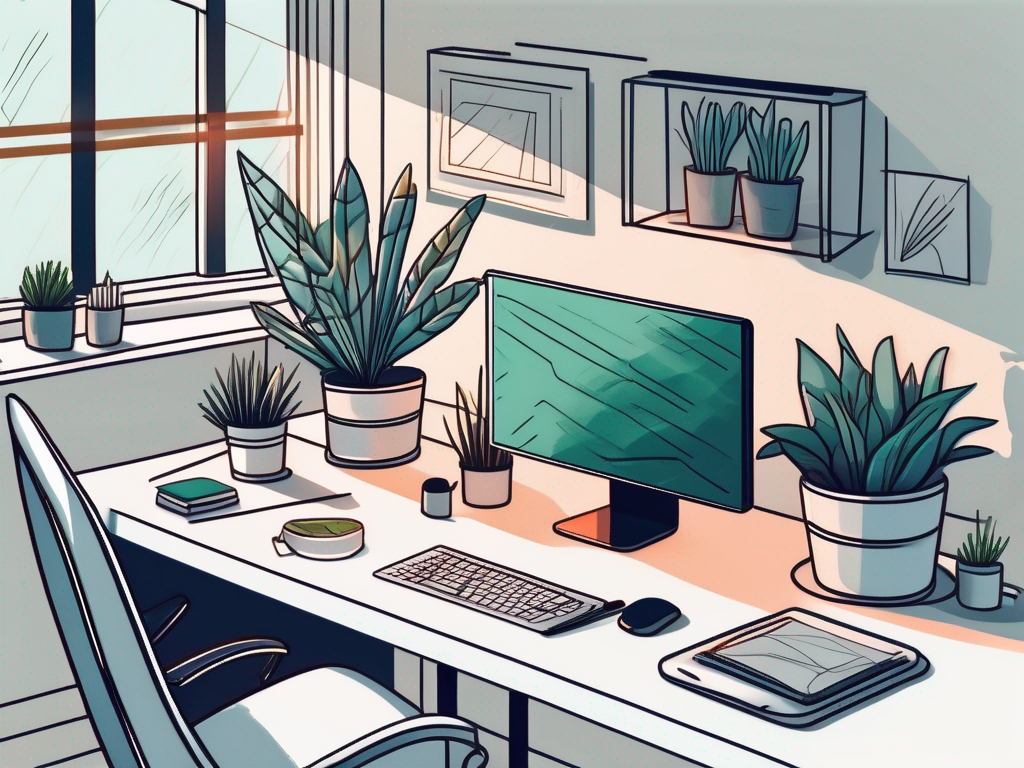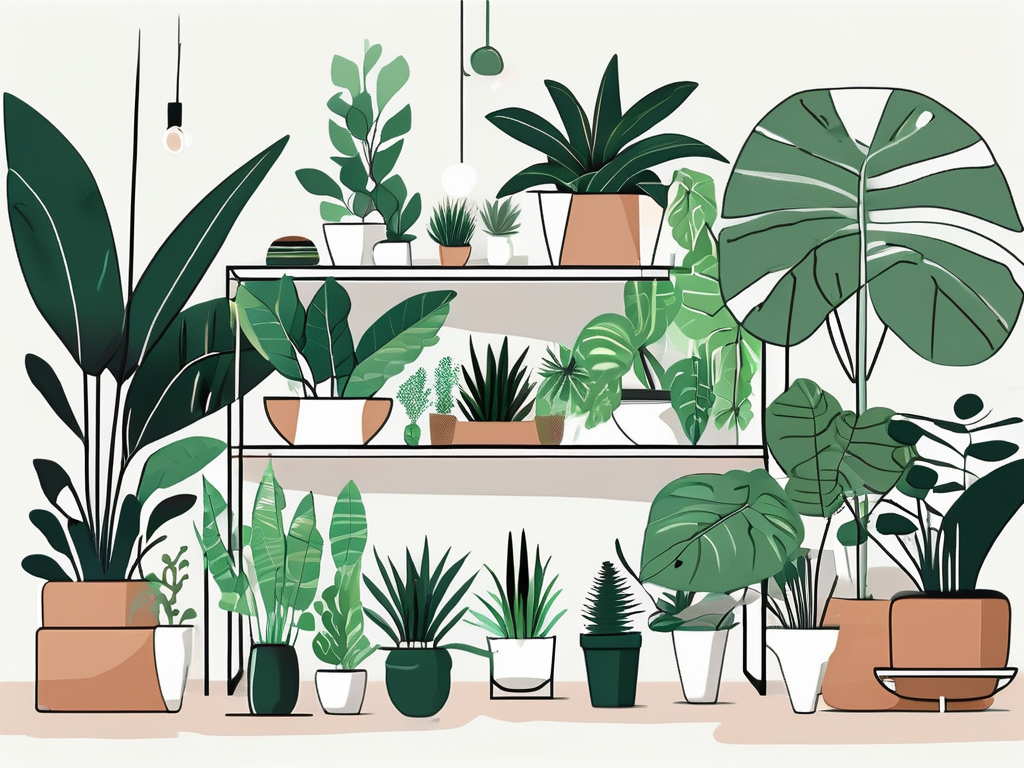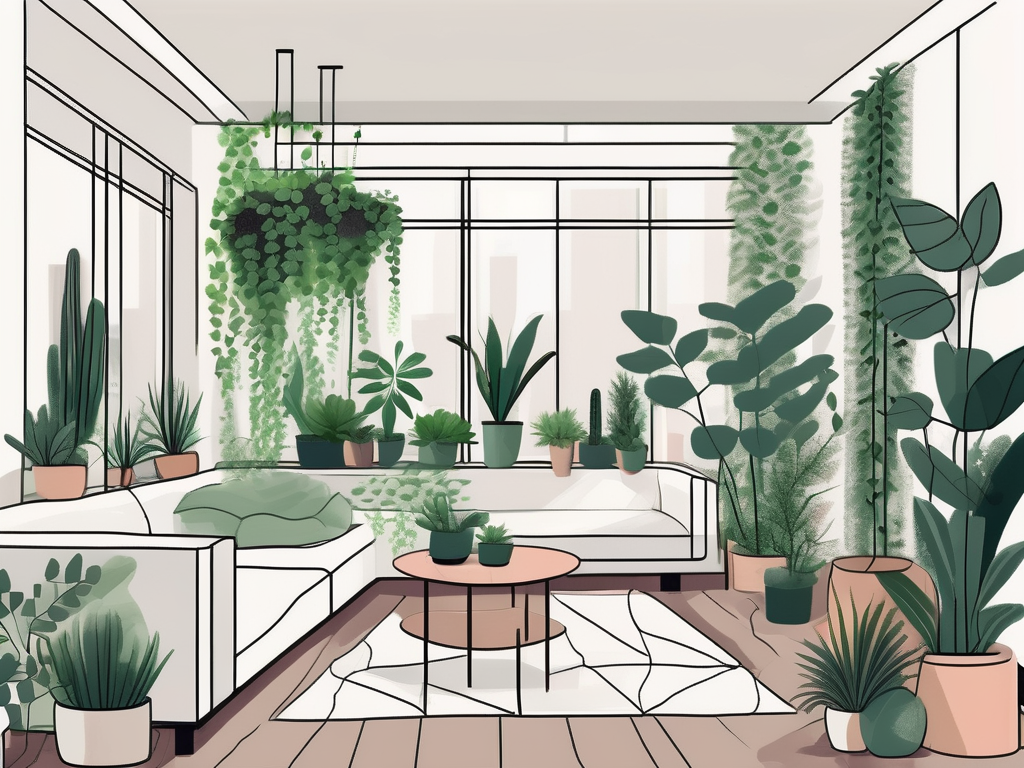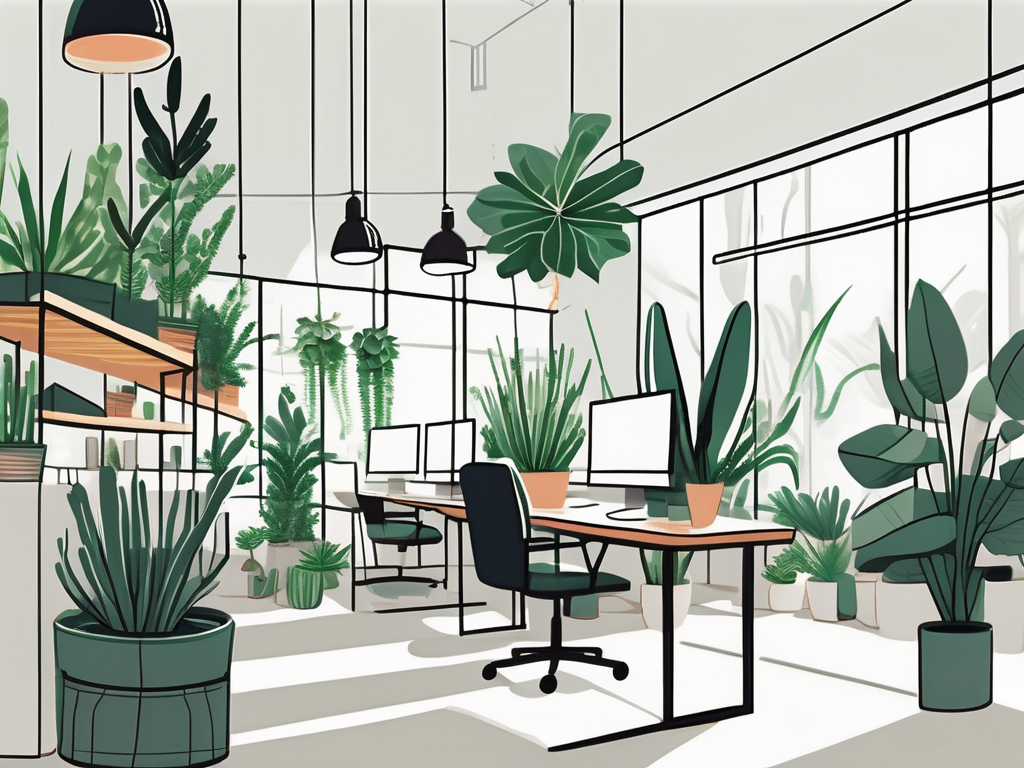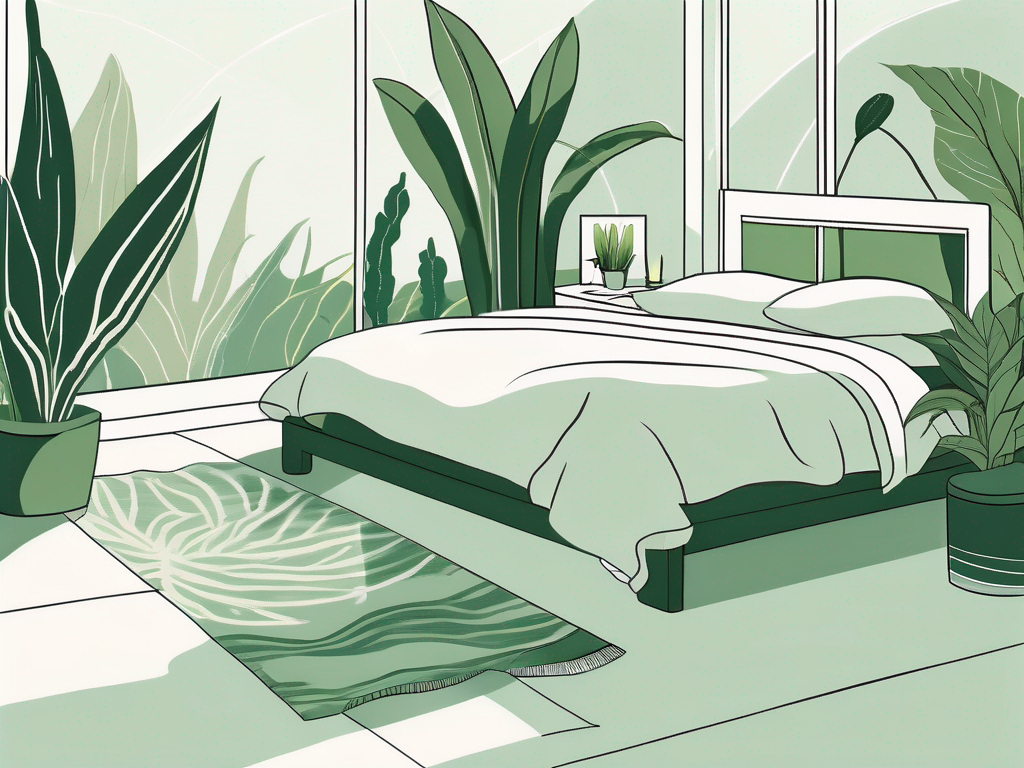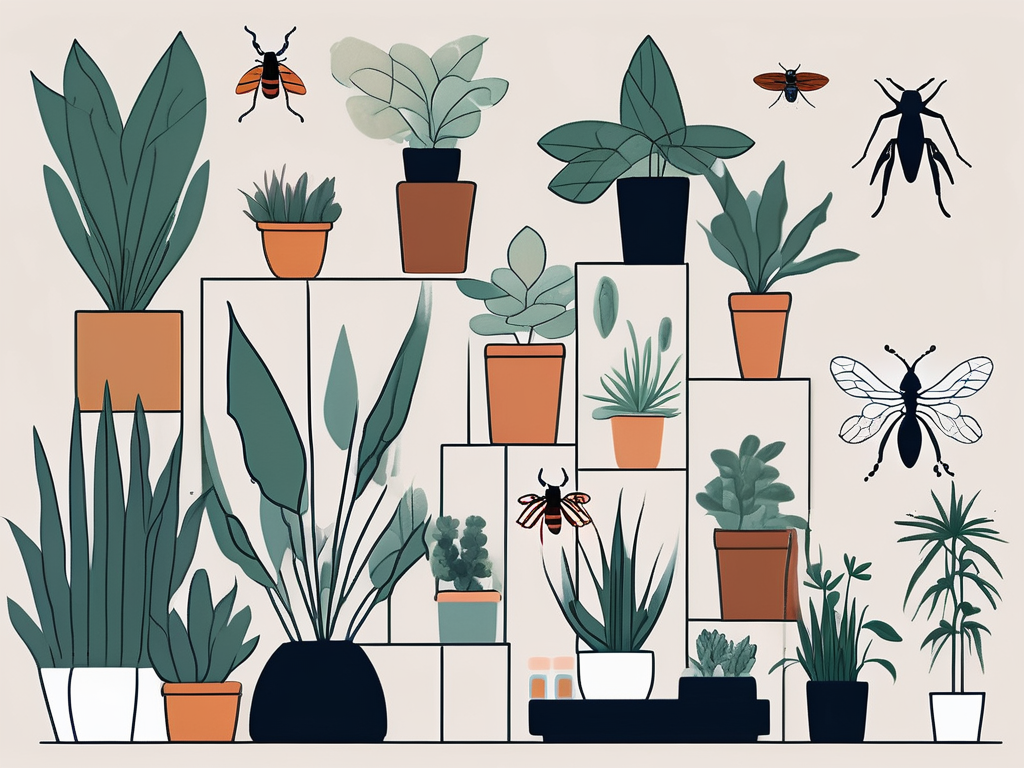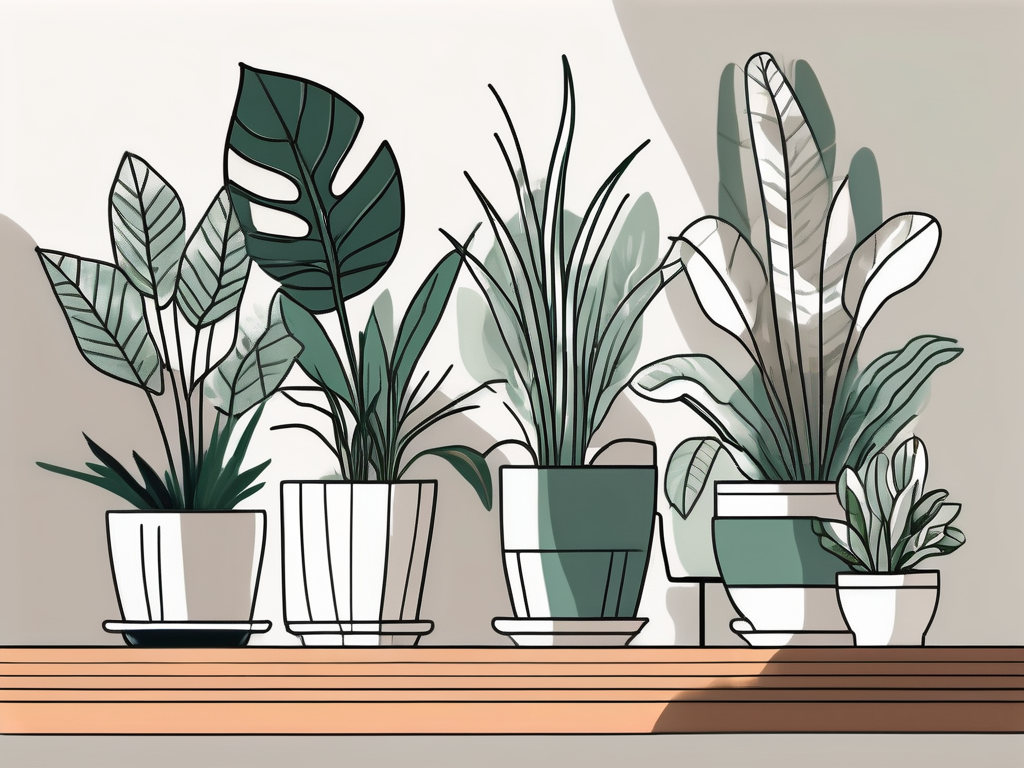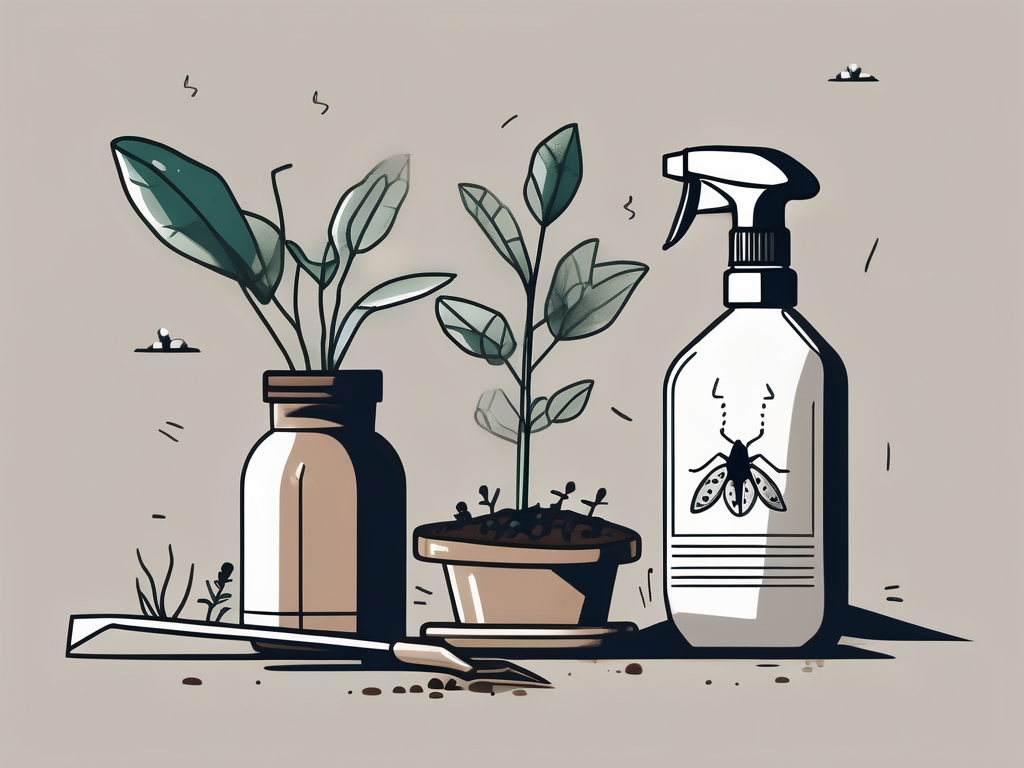
Dealing with bugs on your houseplant soil can feel like a never-ending battle. Just when you think you've got it all under control, another tiny critter appears, threatening the peace of your indoor garden. But fear not, plant lovers, because there are plenty of ways to tackle these pesky invaders without losing your sanity—or your plants.
In this article, we’ll explore practical methods to eliminate bugs from your houseplant soil, covering everything from identifying the culprits to using natural remedies and preventive measures. Let’s get started on getting those plants bug-free and thriving once again!
Identifying Common Soil Bugs
Before you can effectively tackle the bug problem, you need to know exactly what you’re dealing with. Different bugs require different strategies, so let's take a closer look at the usual suspects.
Some common soil bugs include:
- Fungus Gnats: These tiny black flies love moist soil and are often mistaken for fruit flies. While they’re mostly just a nuisance, their larvae can damage roots.
- Springtails: Small, white, or gray insects that jump around when disturbed. They thrive in damp environments and feed on decaying organic matter.
- Soil Mites: These microscopic critters are generally harmless and feed on decaying organic material, but large numbers can indicate overwatering or poor soil conditions.
Interestingly enough, identifying these bugs is half the battle won. Once you know what you're dealing with, you can choose the most effective method to get rid of them.
Natural Remedies for Bug Control
If you're not keen on chemicals, natural remedies can provide a safe and effective way to eliminate bugs from your houseplant soil. Here are a few tried-and-true methods:
Neem Oil: A favorite among plant people, neem oil disrupts the life cycle of many pests. Mix a few drops with water and a bit of dish soap, then spray the solution on the soil and leaves.
Hydrogen Peroxide: This is a great option for fungus gnats. Mix one part hydrogen peroxide with four parts water and pour it over the soil. It kills larvae on contact without harming your plant.
Cinnamon Powder: Sprinkling cinnamon on the soil surface can deter fungus gnats. It has antifungal properties that help reduce the fungal growth that attracts these pests.
Using Commercial Insecticides
Sometimes, natural remedies might not be enough, especially if the infestation is severe. Commercial insecticides can offer a more potent solution, but it's important to use them wisely.
Look for insecticides labeled for indoor use and safe for houseplants. Always follow the instructions carefully to avoid damaging your plants. Remember, the goal is to eliminate the bugs, not harm your green friends!
If you're unsure which product to use, consider seeking advice from your local plant nursery or a trusted online plant shop like Cafe Planta.
Preventing Future Infestations
Prevention is often the best cure, and there are several steps you can take to keep bugs from becoming a recurring issue.
Proper Watering: Most soil bugs thrive in moist environments, so avoid overwatering your plants. Allow the top inch of soil to dry out between waterings.
Quarantine New Plants: When bringing home new plants, keep them separate from your existing collection for a few weeks. This helps ensure they’re free of pests before joining your indoor jungle.
Regular Inspection: Make it a habit to check your plants regularly for signs of pests. Catching an infestation early makes it much easier to manage.
Repotting and Soil Replacement
If you’re facing a particularly stubborn infestation, it might be time to consider repotting and replacing the soil. This can be an effective way to start fresh and eliminate any lingering pests.
Here’s how you can go about it:
- Remove the plant from its pot and gently shake off as much soil as possible.
- Inspect the roots for any signs of pests or damage. Trim away any unhealthy roots.
- Wash the pot with soapy water to remove any pests clinging to the surface.
- Repot the plant using fresh, sterile potting soil.
This method can be a bit labor-intensive, but it’s a surefire way to rid your plants of persistent pests.
Creating an Unwelcome Environment for Bugs
Sometimes the best offense is a good defense. By making your plants’ environment less appealing to pests, you can reduce the likelihood of infestation.
Increase Air Circulation: Bugs love stagnant air, so keep the air moving with a fan or by placing your plants near a window where they can catch a breeze.
Adjust Humidity Levels: Many soil bugs prefer high humidity. Using a dehumidifier or simply allowing the soil to dry out more between waterings can help deter them.
Creating an environment that’s unfriendly to pests is a great way to keep your plants healthy and happy.
Using Beneficial Insects
It might seem counterintuitive, but introducing certain beneficial insects can help control pest populations naturally. These insects feed on the pests without harming your plants.
Lacewing Larvae: Known as “aphid lions,” these little guys will feast on a variety of common pests, including fungus gnats.
Predatory Mites: These mites can help control soil mite populations, keeping them in check without the need for chemicals.
Adding beneficial insects can be a fascinating and eco-friendly way to manage pests. Just be sure to research and ensure they’re compatible with your specific plant needs.
Regular Maintenance and Monitoring
Once you’ve tackled your bug problem, maintenance is key to keeping it from coming back. Consistent care and attention can make all the difference.
Regular Cleaning: Keep the area around your plants clean and free of debris, which can attract pests. Wipe down leaves to remove dust and potential hiding spots for insects.
Monitor for Changes: Stay vigilant for any changes in your plants’ appearance, such as yellowing leaves or stunted growth, which could indicate a pest problem.
A little bit of routine maintenance can go a long way in keeping your houseplants healthy and bug-free.
Final Thoughts
Eliminating bugs from your houseplant soil takes a bit of effort, but with the right approach, you can keep your indoor garden thriving. From natural remedies to preventive measures, there are plenty of options to explore.
At Cafe Planta, we're here to help you on your plant journey. Whether you're looking for new plants, care accessories, or have questions, feel free to email us or reach out on Instagram. We're passionate about connecting with fellow plant lovers and helping you create a beautiful, thriving plant collection!

